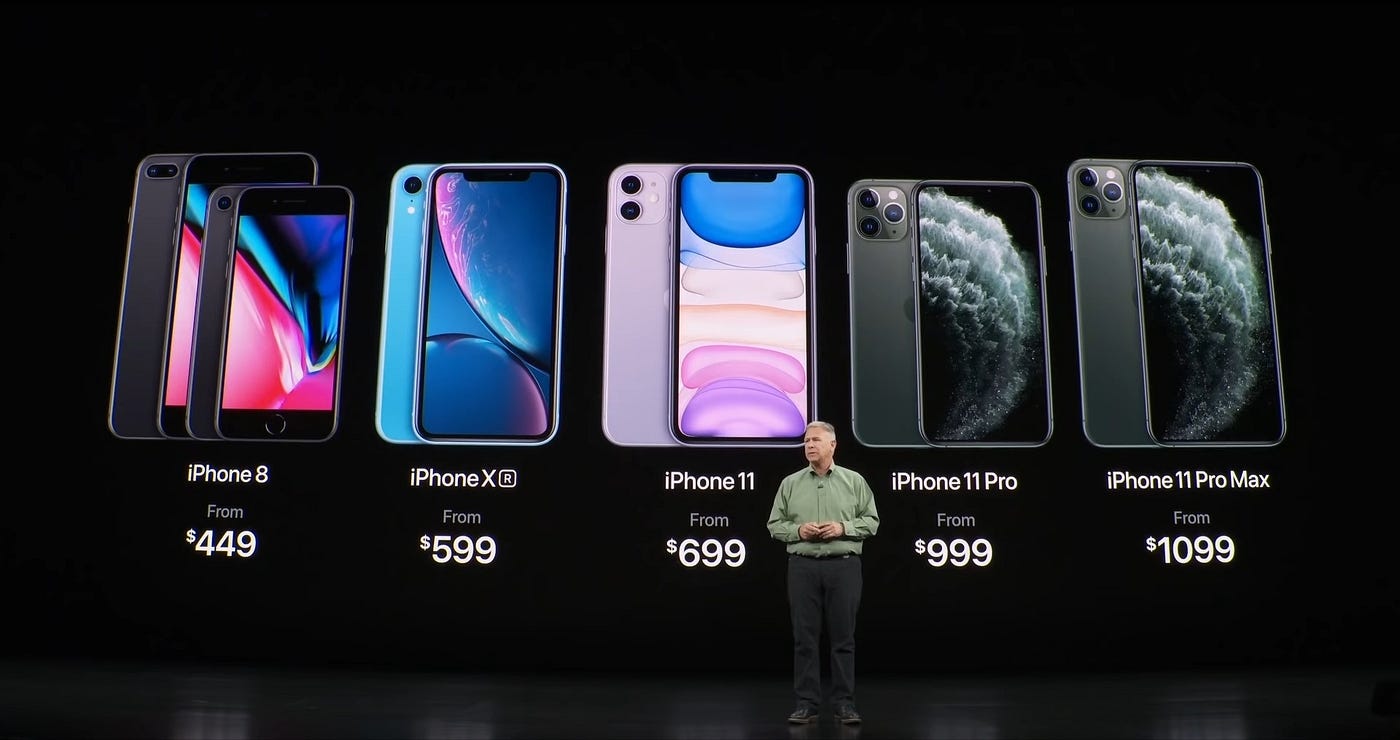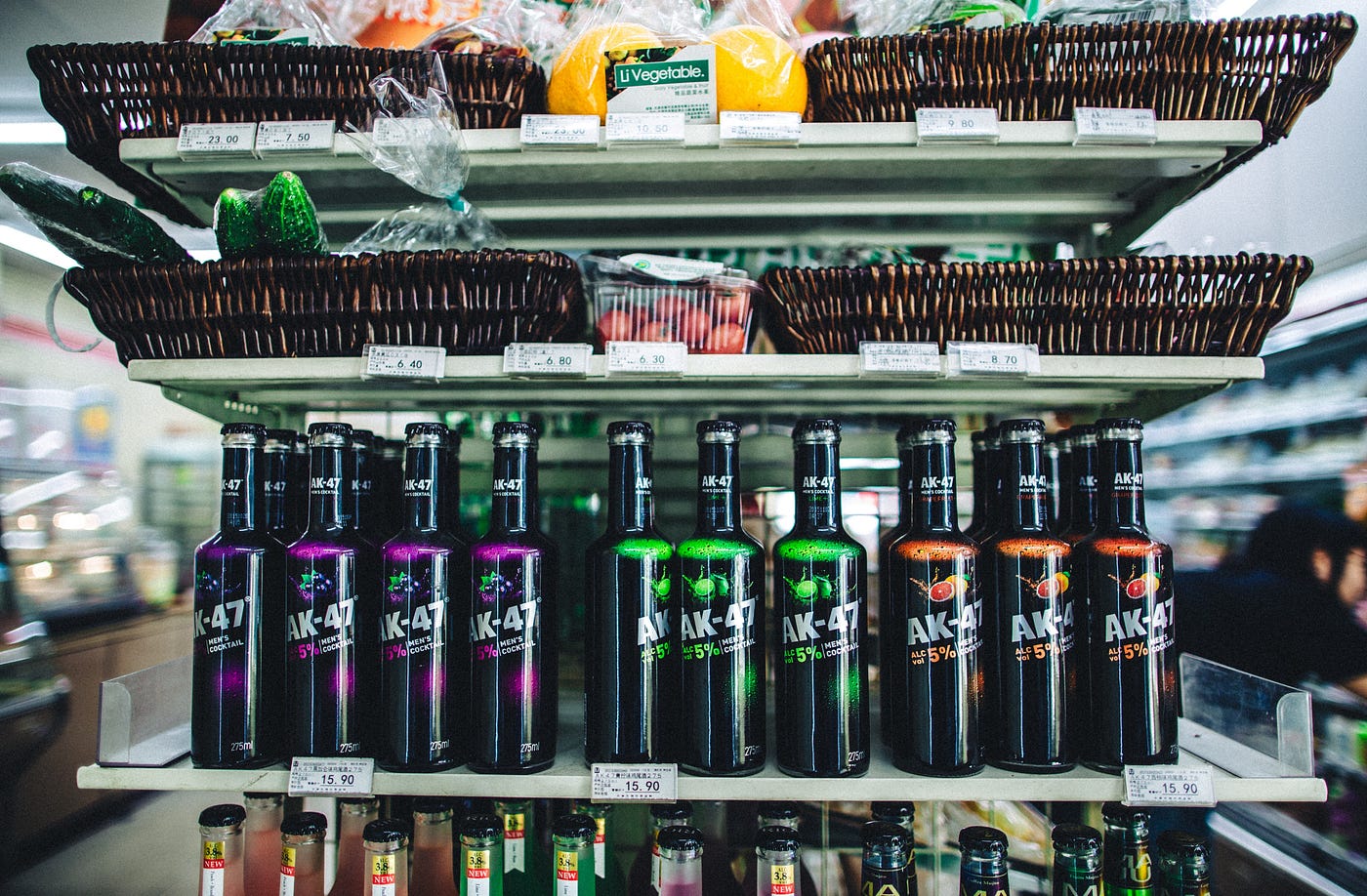Why Do Most Prices End In .99
Why Do Most Prices End in 99?
The psychology of psychological pricing
![]()

We've all seen how most products have a price ending with a 99. It has been going for over a century now. This tactic is frequently used in advertisements everywhere around the world. Let's dive a little bit deeper into the world of psychological pricing.
The Psychology Behind It
This tactic is based on the fact that, as we read thing s from left to right, the first number we see has a greater impact on us. So if something has a price of $19.99, instead of $20, you might be influenced by the "1" at the beginning, and pay for it as it's lesser than "2." It is called the left-digit effect. Prices ending in 9 or 5 tend to attract more people towards a product than other numbers. These prices have a name for them: charm prices.
The left-digit effect also affects how people buy stocks in the stock market. In a study, it was found that people excessively bought stocks priced one cent lower than those priced at round numbers. This behavior can influence stock markets significantly.
The most recent example of a brand using this strategy is Apple pricing the new iPhones at $699, $799, $999, and $1,099 for the iPhone 12 mini, iPhone 12, iPhone 12 Pro, and iPhone 12 Pro Max respectively. All of these prices end in 9. You can see how a dollar is reduced from round numbers.
The Origin of Psychological Pricing Has Nothing to Do With Psychology
One of the most popular theories about how this practice began is that it was first used to stop cashiers from pocketing the money given by the customer. In the early 1900s, cash registers were introduced in shops. If something costs $1, and the customer pays the cashier $1, it would be easy for the cashier to just take that money themselves without opening the cash register, which acts as a record that a sale was made.
To tackle this problem, the shops decided to drop a cent from the actual price of products. That way, if someone pays the cashier $1, the cashier would have to open the cash register to return a cent to the customer and deposit the money back to the cash counter.
It is important to note that this theory competes with other theories on how psychological pricing started. Now it is used for completely different reasons, and it has worked.
Where's the Evidence?
Psychological pricing has been studied for decades, and we've come to some very satisfying conclusions. In 1997, Kaushik Basu used game theory to explain how rational consumers use their time and effort when it comes to calculations. He gave an economic explanation for why this happens.

Consider a large enough marketplace with many products. Here, each consumer is rationally making decisions. When they read the price from left to right, they ignore the last two digits of the price as they value their time and effort. What they do instead is associate them with the mean cent component of all the products in the marketplace.
What matters to the seller is the dollar component of the price in determining the demand for the product. The seller can now change the cent component without significantly affecting consumer behavior and the average cent component according to the demands for the product.
If I am a seller, and I set my cent component to 99, I am raising the average cent component and directly hurting other brands. So, other brands choose 99 too. The average is now so skewed towards 99 that the average won't be changed by a single seller, which implies the consumer behavior won't be changed too.
Consider each brand as a player, and each player's strategy is to choose 99 as the optimal cent component. 99 is the optimal number to maximize profits for all the players.
It has been further supported in an experimental study by Bradley J. Ruffle.
The Takeaway
A marketplace has many products. Your product is competing with many other products there.
"The consumer, so it is said, is the king, each is a voter who uses his money as votes to get the things done that he wants done."
— Paul Anthony Samuelson
What price you can set on your product is directly affected by the price set by other brands. It's a very relative thing. If the quality of your product justifies its price, it has a greater chance of succeeding.
However, since a customer doesn't value the individual cent component of a product anyway, and the average cent component is the optimal cent component, it's a no-brainer to set it to the optimal price point.
The reason brands use it is that it simply works. Even if psychological pricing started because of a completely different reason, marketers have fully used it, and have observed how cognitive factors significantly influence markets.
Why Do Most Prices End In .99
Source: https://bettermarketing.pub/why-do-most-prices-end-in-99-5aae32953792
Posted by: farrellwortur.blogspot.com

0 Response to "Why Do Most Prices End In .99"
Post a Comment